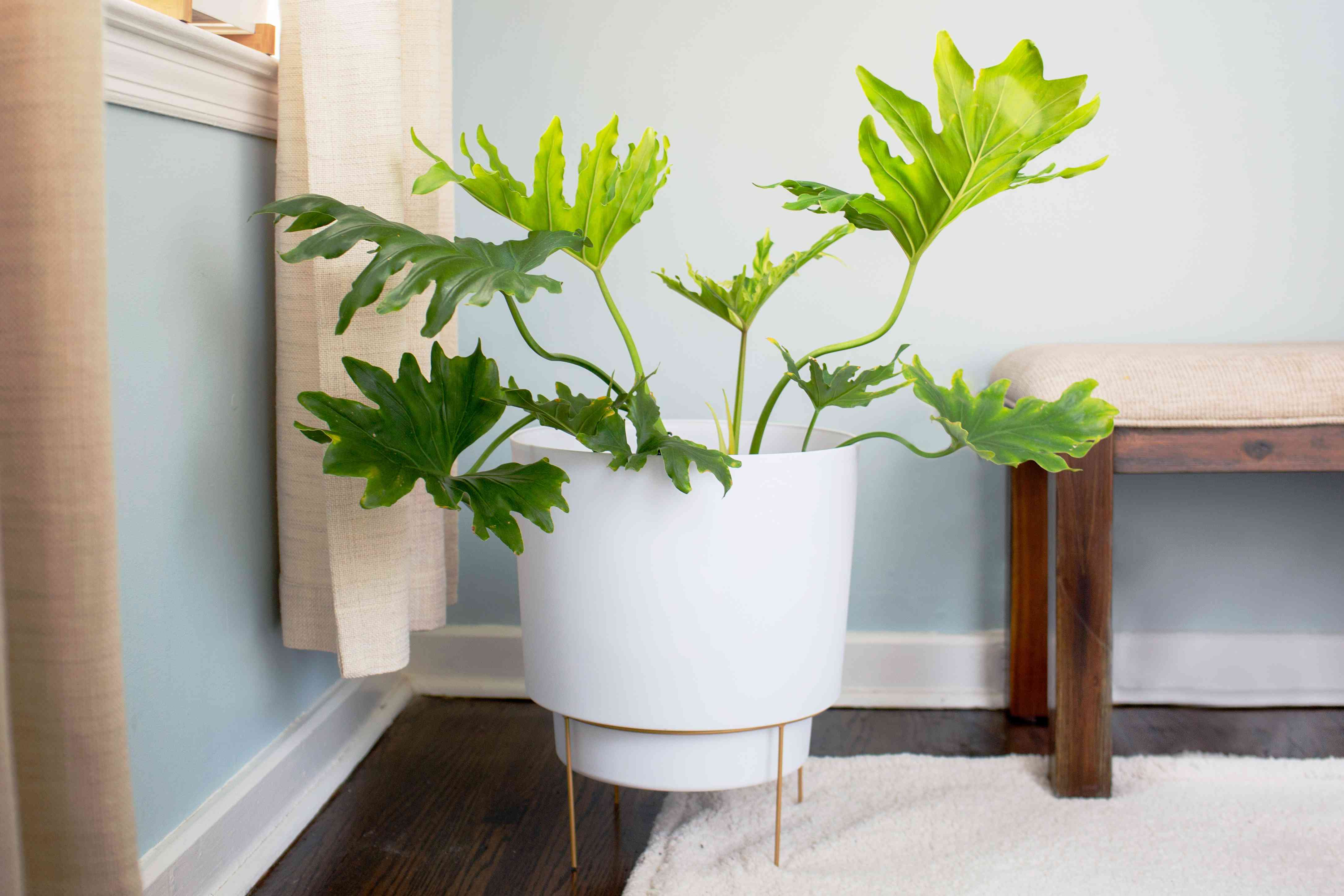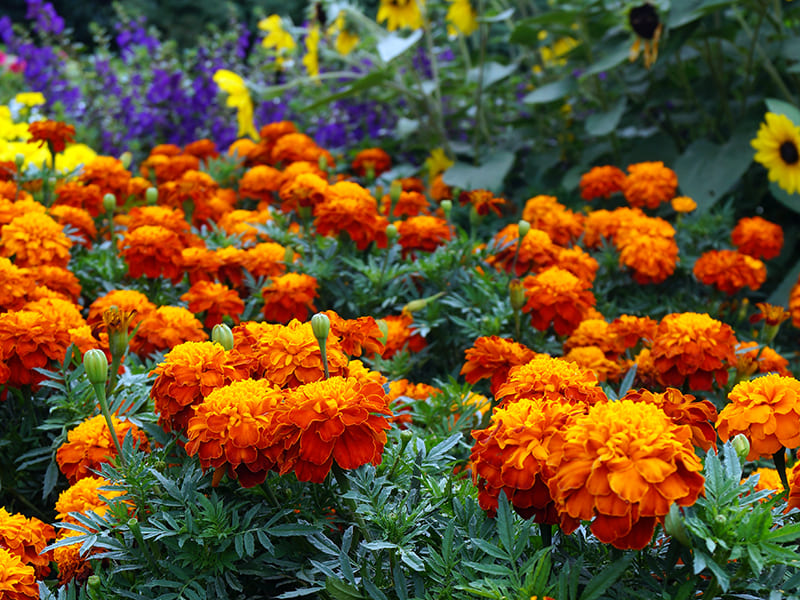It is time to start sowing your fall garden plants if you’re looking to bring fresh veggies to your table by the time the cool weather arrives. Crops like broccoli can be sown in this month for a fall harvest. Time to maturity will vary by crop, so check seed packs or tags in seedling containers and plan backward to come up with a planting date. For some crops, you’ll want to schedule your fall harvest before the first frost arrives. Broccoli, for example, is sensitive to frost and freeze while kale, parsnips and collards can take the freeze. If you have a small gardening space, start thinking about how to create space for your fall garden by figuring out which of your spring and summer crops will finish first; when summer crops are ready to take out, be prepared with fall crops to replace them. Social Diary is giving great options for fall vegetables to plant now and tips on how to grow them:
Beets
These are best grown from seed without disturbing their roots once sprouted. Although beets grow in the summer heat, they are often bitter and woody. Late summer to early fall is the best time to resume succession planting at two to three-week intervals. Beet bulbs keep growing in the garden until a deep freeze. Even the tops handle frost.
Broccoli
Broccoli should be started indoors 85-100 days before your first frost date. Transplant to your garden when your plants are 3 weeks old. They prefer full sun. It is a hardy vegetable and very tolerant of cold temperatures and will survive many hard frosts. In mild climates, Broccoli might survive all winter. It does not like temperatures over 70 degrees. Make sure to give your Broccoli plenty of constant water, they need steady moisture for optimal growth.
Cauliflower
Start your Cauliflower seeds indoors 12 weeks before your first frost. Transplant them outdoors 6-8 weeks before the first frost. They need at least 6 hours of sun a day, however, some shade during the heat of the day is good too. They are a challenging half-hardy vegetable and are more sensitive to both cold and heat than most Cole crops. They are only frost-tolerant if the heads are mature before a deep freeze. You should harvest them after a deep freeze so you don’t risk losing your crop. Make sure your Cauliflower gets steady moisture: not too much or too little in order to get the best crop. You might find it beneficial to plant a few plants each week to get the best possibility of a good harvest.
Leeks
Start your Leek seeds indoors 8-12 weeks before your first frost date. Make sure you get a variety that works for fall and winter harvests. They need full sun to partial shade. They are a very cold-hardy plant. In places with mild winters (zone 7-10), you can harvest leeks all winter long. In colder areas, you need to mulch deeply around the Leeks (around 1 foot deep) because you do not want your leeks to become frozen in the ground. Leeks taste better if grown in cooler weather. Make sure you blanch your plants as they grow by covering up their stalks.
Garlic
You can plant next year’s garlic harvest anytime in late fall when your soil is around 50 degrees F. The trick is to plant it before your ground freezes over. An approximate time is 1-3 weeks before your first frost date through 2-3 weeks after your first frost date. Full sun to partial shade. It is a very hardy and easy plant to grow. Make sure you plant the best garlic for your garden zone. Garlic takes almost 1 year to grow, but the long growing season needs very little work from you: plant in the fall, eat or cut the garlic scapes in the spring, harvest next fall when the leaves turn brown, cure for 2-3 weeks. Then enjoy!
Turnips
For a fall harvest, plant Turnips about 2 months before your first frost date. Full sun to partial shade. Turnips are also a hardy vegetable; they can tolerate light frosts and can continue through early winter if you cover them with a thick mulch. Since Turnips are a root vegetable, you need to harvest them before the ground becomes frozen. Of course, a thick mulch will help slow down the ground becoming too frozen.
Peas
Peas can be a challenge for fall gardens because you have to take a bit of a gamble on the weather. You might get an unexpected heat wave or an early hard frost, both of which can damage your fall Pea harvest. You can plant your peas so that the first flowers appear before the first frost of the fall season. Depending on the variety, you should start your fall Peas 70-90 days before your first frost date. They prefer full sun to partial shade. Peas are a half-hardy vegetable: heat will damage them, but they will tolerate light frosts (if they are at least somewhat mature plants at the time of the frost). For a good fall crop, you need to give extra care to your peas during the late summer heat by giving them some shade and lots of water.


























